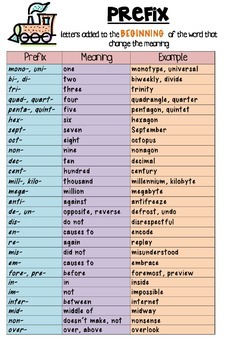

MOST COMMON BILLS TO PAY PROFESSIONAL
Membership fees (to professional organizations, gyms, etc.).Variations may be due to your spending choices but sometimes are due to factors outside your control. Your utility bills may decrease during more temperate seasons of the year and go up during extreme cold or heat. You may spend more on dining out during the holidays, for example. Variable expenses are those that can fluctuate depending on circumstances. You usually can count on your mortgage or rent staying the same every month, for example, unless your landlord has to raise the rent once in a while.) These are the “easy” expenses to calculate because they don’t change from month to month. Your fixed expenses are the ones that have a set amount to pay every month. One way to break down your spending category is to look at both fixed expenses and variable expenses.
MOST COMMON BILLS TO PAY FREE
Gifts (unless you keep this exclusively for the 10% Giving category)įeel free to add any other spending categories you wish.Utilities (electricity, water, garbage removal).

Here’s a starter list of the most common expenses to include: All budgeting apps and strategies address this, of course. Anything you spend money on goes under this category. Well, quite simply, you would include all of your expenses here. Types of expenses to include in the 70-20-10 budget That’s the figure you need to keep all of your life’s expenses under. Once you know your weekly or monthly income, you can do the simple math of calculating how much 70% would be. So you need to fit all of your necessities in this category, along with any luxuries that cost money. More accurately, 70% of your take-home pay, or net income after taxes. 70% of income is for spendingįirst of all, you would have to be able to live on 70% of your income. You might err on the low side of that income range, just to be on the safe side.

If your income is variable-for example, if you take on freelance gigs or work in an unpredictable field-make your best estimate for an average monthly income. You can look at pay stubs if you’re not sure of the precise amount.īe sure to factor in a spouse or partner’s income, if you share the household income and expenses. Calculate your income before setting up your 70-20-10 budgetĪ good first step to take before breaking down all of your spending, saving, and giving? Figure out how much money you make. Let’s break down how the 70-20-10 budget could work for your life. (Debt payoff may be included in or replace the “giving” category if that applies to you.) If you choose a 70 20 10 budget, you would allocate 70% of your monthly income to spending, 20% to saving, and 10% to giving. (If you’d like an even more streamlined budget plan, you could check out the 80/20 rule and apply it to your budget instead.) The 70-20-10 budget is referring to the percentage of your take-home pay that you devote to each of three major categories: spending, saving, and giving. Maybe you’re someone who wants to feel more in control of your money, but you don’t want to be bogged down by micro-management.

If you’ve ever looked at a sample budget and thought, “this is just too complicated,” then perhaps the 70 20 10 budget will be a good compromise.


 0 kommentar(er)
0 kommentar(er)
